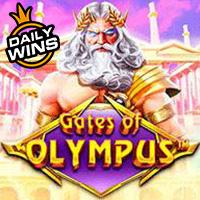


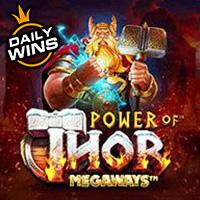
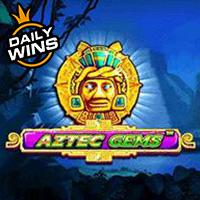
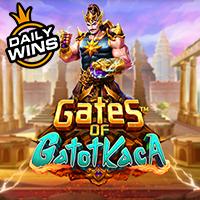
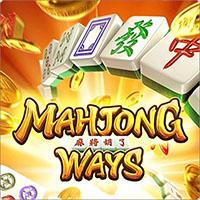
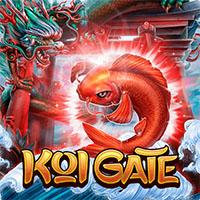
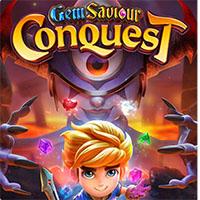

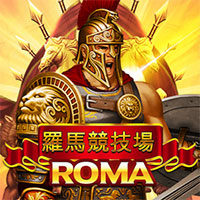
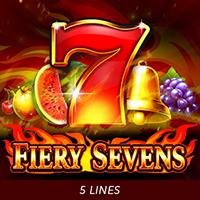
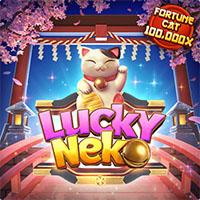
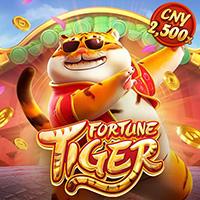
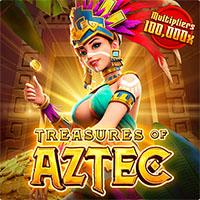
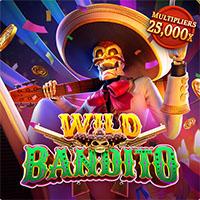
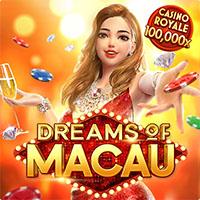
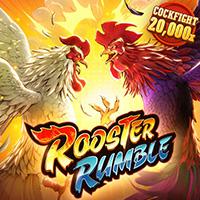
1. Introduction to Mythical Animals in Modern Slot Themes
Mythical animals are creatures originating from folklore, mythology, and ancient stories that embody symbolic meanings and cultural values. These beings, ranging from dragons and phoenixes to griffins and unicorns, have fascinated societies for centuries, often representing power, wisdom, or spiritual significance. Their origins can be traced to diverse cultures worldwide, including Chinese dragons, European unicorns, and Egyptian sphinxes, each imbued with unique symbolism.
In the realm of entertainment and gaming, mythical animals have maintained an enduring appeal due to their intriguing narratives and visual grandeur. Modern slot games leverage this fascination by integrating mythical themes to create immersive and culturally resonant experiences. For instance, the popularity of Egyptian-themed slots with scarab beetles or Greek-inspired games featuring centaurs exemplifies this trend.
This article explores how mythical animals influence slot game design, their educational and cultural significance, and how they continue to evolve in the gaming industry, including examples like le zeus slots.
2. The Educational Significance of Mythical Animals in Slot Design
a. Symbolism and Cultural Meanings Behind Mythical Creatures
Mythical animals serve as rich symbols that encapsulate a culture’s values and beliefs. For example, the dragon in Chinese mythology symbolizes power, strength, and good fortune, often associated with authority and auspiciousness. Conversely, the European unicorn frequently represents purity, innocence, and rarity. Incorporating these symbols into slot games helps educate players about diverse cultural narratives, fostering a deeper understanding and appreciation of different mythologies.
b. How Mythical Animals Enhance Storytelling and Player Engagement
By embedding mythical creatures into game narratives, developers craft compelling stories that resonate emotionally. For example, a game featuring the phoenix symbolizes rebirth and resilience, encouraging players to connect with themes of renewal. Such storytelling elements increase player engagement, making the gaming experience more meaningful and memorable.
c. Connection Between Mythological Symbolism and Game Mechanics
Mythological symbols often influence game mechanics. For instance, the appearance of a dragon wild symbol might trigger bonus rounds or multipliers, reflecting the creature’s association with power. Additionally, thematic features such as respins or sticky wilds can be designed to mimic mythological battles or quests, deepening the immersive experience.
3. Evolution of Slot Themes Featuring Mythical Animals
a. Historical Progression from Traditional to Modern Slot Themes
Originally, slot themes centered around simple symbols like fruits or classic icons. Over time, there was a shift towards more elaborate mythological themes, driven by technological advances and a desire for immersive storytelling. Early Egyptian-themed slots with scarabs evolved into complex games featuring gods, pharaohs, and mythical beasts, reflecting broader cultural interests.
b. The Influence of Cultural Exchange and Globalization on Mythical Themes
Globalization has facilitated the blending of mythologies, resulting in hybrid creatures and cross-cultural narratives. For instance, recent games might combine Norse and Asian mythological elements, creating novel symbols for players worldwide. This cultural exchange enriches slot themes, making them more diverse and appealing.
c. Introduction of Innovative Features (e.g., Sticky Respins in Egyptian-Themed Slots)
Innovations such as sticky respins, where certain symbols remain locked for subsequent spins, enhance gameplay dynamics. Egyptian-themed slots, with their rich symbolism, often incorporate such features to emulate the ancient stories of gods and creatures, providing players with both cultural depth and engaging mechanics.
4. Case Study: «Le Zeus» – A Modern Illustration of Mythical Themes
a. How Greek Mythology and Mythical Animals Shape the Game Design
«Le Zeus» exemplifies how modern slots incorporate Greek mythology, with iconic symbols such as thunder gods and mythological creatures. The game’s design draws heavily on the stories of Zeus and his divine companions, creating an immersive experience rooted in ancient legends. The visual elements and sound effects reinforce this mythic atmosphere.
b. The Role of Zeus and Associated Creatures in Creating Immersive Experiences
Zeus, as the king of gods, is often depicted alongside mythical animals like eagles or serpents, symbolizing authority and wisdom. These symbols are integrated into game mechanics, such as wild symbols representing Zeus’s power or special features triggered by lightning strikes. This connection deepens player engagement by tying gameplay to mythological narratives.
c. Examples of Game Mechanics That Draw on Mythological Symbolism
For example, multipliers may be themed around thunderbolts, and bonus rounds might involve mythic quests. These mechanics are designed to mirror the epic tales of Greek gods, making the gameplay both entertaining and educational.
5. The Mathematical and Cultural Dimensions of Mythical Animal Symbols
a. Significance of Prime Numbers, Such as 19 Paylines, in Game Design and Mathematics
Prime numbers often feature in slot design, such as 19 paylines, to create mathematically intriguing structures that maximize fairness and unpredictability. These numbers are not arbitrary; they stem from mathematical principles that influence randomness and payout distributions, ensuring balanced gameplay.
b. Cultural Symbolism of Animals—E.g., Badgers Representing Stubbornness and Cunning in European Folklore
Beyond mythical creatures, real animals also carry cultural symbolism. Badgers, for instance, symbolize tenacity and cleverness in European stories. Incorporating such symbols into slot themes can subtly influence player perception, evoking traits associated with the creatures and enhancing engagement.
c. How These Symbols Influence Player Perception and Engagement
Cultural symbolism shapes players’ emotional responses and expectations. Recognizing a mythological creature or animal trait can trigger subconscious associations with luck, power, or wisdom, thereby making the game more compelling.
6. Non-Obvious Aspects of Mythical Animals in Slot Themes
a. The Integration of Lesser-Known Mythical Creatures and Their Unique Symbolism
While dragons and unicorns dominate, many games feature lesser-known creatures like the Chinese Qilin or the Japanese Kappa, each carrying distinct meanings—Qilin representing prosperity and Kappa embodying water-related mischief. These inclusions expand cultural awareness and diversify game narratives.
b. The Impact of Mythical Animals on the Development of Game Features (e.g., Respins, Wilds)
Mythical animals often inspire specific features; for example, a phoenix symbol might activate a respin mechanic symbolizing rebirth, or a dragon wild could expand across reels to signify divine intervention. These features reinforce mythic themes while enhancing gameplay complexity.
c. Cross-Cultural Comparisons: How Different Mythologies Depict Similar Creatures
Many mythologies feature similar creatures with different traits. For instance, the griffin in Greek mythology combines lion and eagle features, symbolizing strength and vigilance, while the Chinese Fenghuang blends bird traits representing harmony. Recognizing these parallels enriches understanding of global myth symbolism in gaming.
7. Future Trends: Mythical Animals and Innovation in Slot Games
a. Emerging Mythological Themes and Hybrid Creatures in Recent Releases
Innovators are increasingly blending mythologies to create hybrid creatures like the Norse-dragon Fafnir or multi-cultural hybrids, reflecting a trend toward richer storytelling. These innovations aim to captivate players with fresh narratives and visual designs.
b. The Potential Role of Augmented Reality and Storytelling Enhancements
Augmented reality (AR) offers immersive mythic worlds where players can interact with mythical animals in 3D environments. Such storytelling enhancements promise to elevate engagement and educational value, making mythology a living experience within slots.
c. The Importance of Cultural Sensitivity and Authenticity in Designing Mythical Themes
As developers draw inspiration from diverse cultures, ensuring respectful and accurate representations of mythological symbols is crucial. Authenticity fosters respect and enriches the gaming experience, preventing cultural misappropriation.
8. Conclusion: The Continuing Relevance of Mythical Animals in Slot Entertainment
“Mythical animals serve as bridges between ancient stories and modern entertainment, enriching slot games with cultural depth, educational value, and innovative mechanics. Their timeless appeal ensures they will remain central to gaming evolution.”
In summary, mythical animals are not only symbols of cultural heritage but also powerful tools for storytelling and game design innovation. As technology advances, their role will likely expand, incorporating new storytelling methods like AR and hybrid mythologies. Understanding these symbols enhances both the educational and entertainment aspects of modern slot games, making them more engaging and culturally meaningful.
